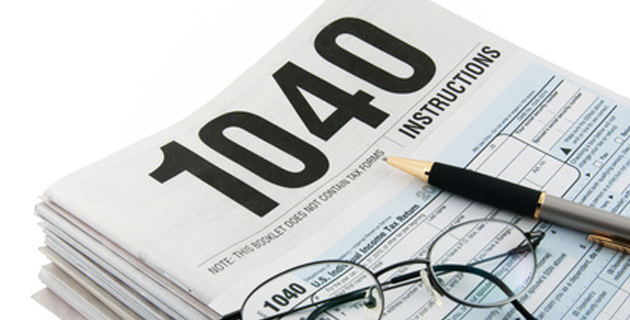
At last, tax preparation is settling into a digital routine. More than 128 million tax returns were e-filed in 2015, and the IRS has made cyber processing easier than ever. Rather than mandating wet ink signatures that require hard copies of documents to be either mailed or faxed between parties, the agency now accepts electronic signatures for many of its forms, including IRS Forms 4506-T, 4506T-EZ, 8878 and 8879.
The signature may be the final step in tax preparation, but putting it in digital form can make the entire process a better one.
With the 2015 filing season approaching, e-signatures may be the tool that certified public accountants need to improve their practice, purge paper and fortify their digital defenses.
Remote Signing
Removing the barrier of geographic distance is one of the most obvious reasons to adopt e-signatures for the upcoming tax season. Because e-signatures can be applied to tax documents anywhere there is an Internet connection at any time, there is no inherent advantage to sitting in an office with a CPA to complete transactions. For offices with remote—or just busy—clients, e-signatures allow tax preparation to occur seamlessly across multiple locations.
Enrolled Agent Kristen Cecere, owner of Cecere Associates, can testify to this. Roughly 45 percent of her clients live and work out-of-state, so she turned to e-signatures to prevent a bottleneck in tax document processing.
"Many of my clients live and work almost 2,000 miles away from my office. Sitting desk-side during tax time is simply not an option," Cecere said. "It's essential, especially during tax season when volume increases, that I have a way to efficiently get documents approved so that I retain a core part of my business. E-signatures, with their security and ease of use, meet that need."
Fortifying Security
E-signatures improve the security of signed documents—a need that cannot be understated, especially when cyber crimes are part of our daily headlines.
According to a 2015 report of the General Accountability Office (GAO), the IRS paid out $5.8 billion in bogus refunds to identity thieves for the tax year 2013. In 2014, 2.7 million taxpayers were identity theft victims.
Standards-based e-signatures that permanently embed cryptographic information into a signed document—known as independent e-signatures—ensure your digital documents stay protected and accessible by only those designated. The technology encrypts the digital information in a document, tracks and records every event in the signing process and requires knowledge-based authentication, which requires signers to answer questions based on detailed information pulled from 30 years of public records data, to prove signers are legitimate.
And because information is permanently embedded into a digital document with independent e-signatures, a third-party vendor does not need to store a copy of the document on its servers—eliminating a potential access point for hackers.
Dodging the Paper Bullet
Tax documents don't go away at the end of the season. The IRS's statute of limitations lasts three years, and sometimes longer depending on circumstances, so files must kept at least that long in case an audit is requested. As CPA and tax practices grow year-to-year, the issue is magnified. Filing cabinets and storage boxes are overrunning accounting offices, and, in this industry, paper is difficult to manage and costly to maintain.
Electronic signatures negate the need to print (and mail or fax) hard copies of tax files. Instead, documents reside on a secure server where CPAs and tax pros can easily source the documents they need.
Tax time will always be fast and furious for accountants. But as the IRS continues to adapt their processes for the digital age, so too can tax professionals and CPAs. E-signatures provide an opportunity to make the upcoming season better for both the taxpayer and the preparer.
